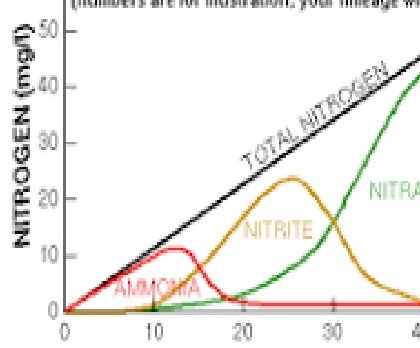If it were me, i would just get some ammonium chloride, Dr Tims that Andy suggests is what i use, and finish off a fishless cycle. Dr Tims is fairly cheap, easy to calculate the dosage (4 drops/ gallon raises ammonia by 2ppm), and there is no chance of accidently buying the wrong ammonia and contaminating the aquarium.
But if you wanted to get fish and go fish in, thats a perfectly acceptable way to do it also. The only time i would say you should 100% go fishless is if you have a very high pH, because ammonia is more toxic at higher pH, and a fishless cycle is then more risky. But, nitrite is more toxic at lower pH, so swings and roundabouts.
Im not one for saying you must use this fish or that fish to cycle a tank, i would prefer to buy fish that you plan on keeping long term, and making sure you cycle the tank in such a way that water parameters dont become toxic. But livebearers are quite hardy fish, zebra danios are commonly used (but wouldnt suit your 10g). What are you planning on stocking the tank with?
Either way, fish in or fishless, you arent starting from scratch, so it should be a quicker and easier process than most.
And to go back to your original query. The last time i cycled a tank, i used some filter media from an established aquarium, and i cycled it in 3 weeks. As Andy said, i could have cycled it pretty much instantly if i had taken enough filter media from an established filter. I think i had about a handful of established filter media going into the filtration of a 60 litre aquarium.



